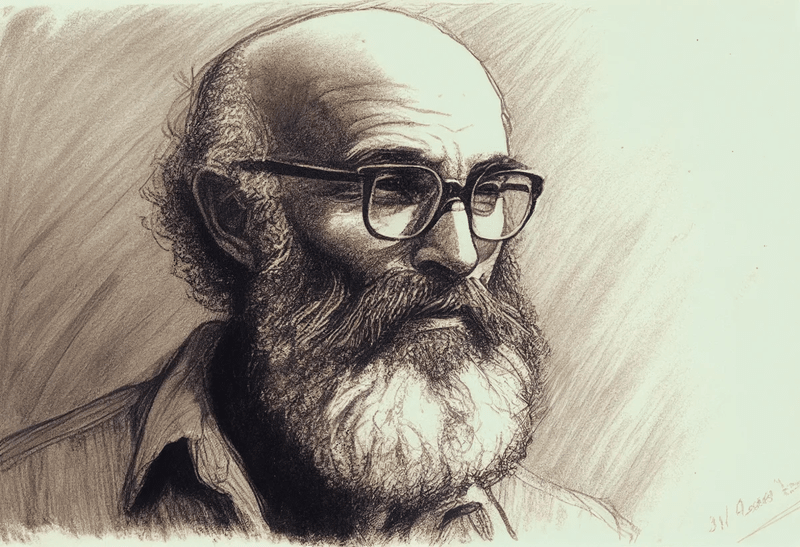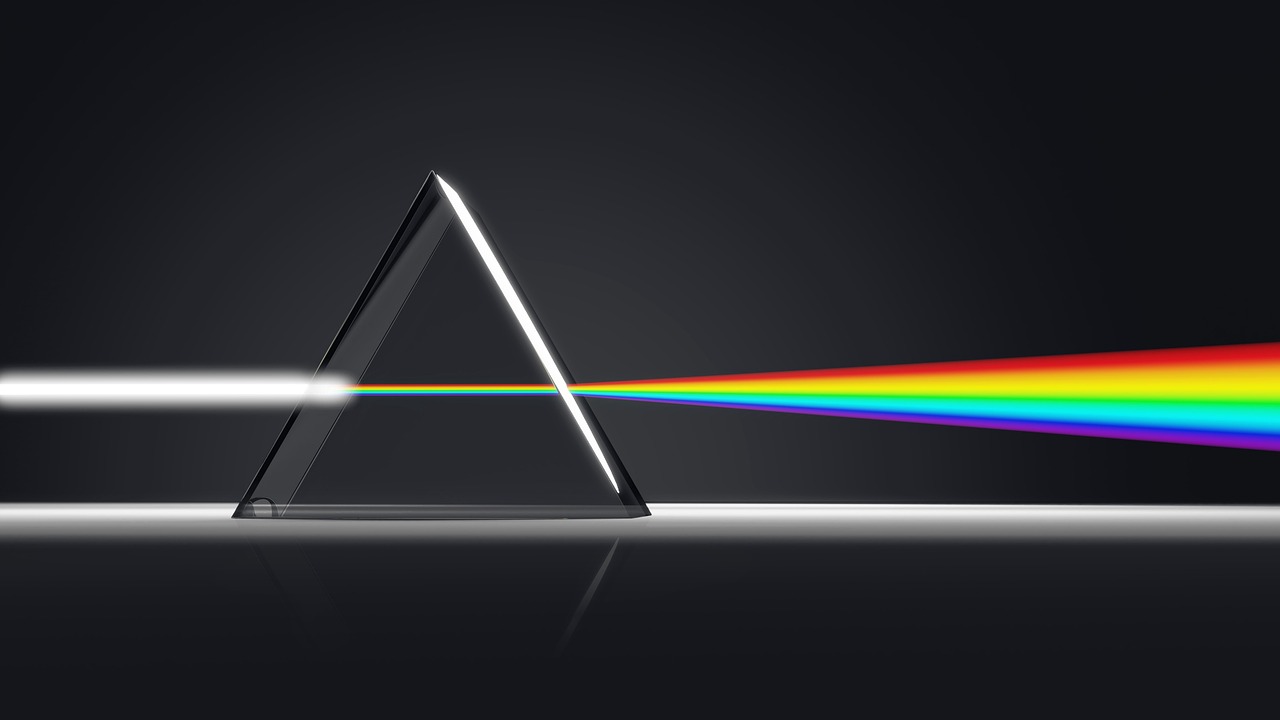Introducing ‘Empowered Networked Learning’ (ENL)

As educators, we are constantly challenged to adapt to a changing digital landscape and meet the evolving needs of today’s learners. Traditional pedagogies don’t always help, as they can struggle to address the impact of rapid technological advancements on education.
So, to help navigate this complex environment, let’s explore the concept of Empowered Networked Learning (ENL), an educational approach I’ve coined that combines Pragmatism, Constructivism, Critical Pedagogy, and Connectivism. In this introductory post, I want to briefly describe what ENL entails and how taking a holistic approach can help educational practices in the digital age.
🧠 Understanding ENL
As digital technologies continue to transform our lives, work, and learning, it’s important for educators to not only embrace them, but to do so with a critical stance and philosophical underpinnings. ENL strategies recognise the power of digital tools and resources to foster creativity, innovation, and critical thinking. This helps educators create learning experiences that better prepare learners to become active agents of change in an increasingly interconnected digital society.
ENL is a holistic approach designed to create dynamic, inclusive, and democratic learning environments. The aim is to empower learners by equipping them with the skills and knowledge required to navigate, engage with, and transform the digital world. By integrating the diverse philosophical perspectives mentioned above, ENL promotes active participation, critical thinking, and collaboration in digital spaces. It fosters a learning experience that is both relevant and transformative.
🏛️ The Four Pillars
As I’ve already said, ENL is built upon four main philosophical foundations:
- Pragmatism — a focus on practical solutions and real-world applications, encouraging learners to experiment and solve problems in authentic contexts.
- Constructivism — an emphasis on learners actively constructing their own understanding and knowledge through their experiences and interactions with others.
- Critical Pedagogy — a commitment to education as a tool for questioning and challenging dominant ideologies, power structures, and social injustices, and fostering critical consciousness.
- Connectivism — a recognition of the importance of networks, technology, and social connections in the learning process, highlighting the role of learners as active participants in creating and sharing knowledge.
Surrounding this is a culture of Open Recognition, which I’ve discussed at length in recent posts.
🚀 Implementing ENL
To effectively incorporate ENL into your educational practice, consider the following strategies:
- Promote active learning through problem-solving, inquiry, and project-based activities that encourage learners to apply their knowledge in real-world situations.
- Create learner-centred environments that encourage autonomy, self-directed learning, and collaboration among peers.
- Encourage critical reflection and dialogue around societal issues, power dynamics, and diverse perspectives.
- Exploit the power of digital tools and resources to facilitate connections and collaborations, both within and beyond the classroom.
I’m hoping that Empowered Networked Learning will offer a fresh and transformative approach to education in the digital age, and I may offer courses on it in future. However, you can start right now by embracing the principles of ENL and integrating them into your educational practice. Read up on the four pillars, as well as Open Recognition, and think about how they would apply in your context!


